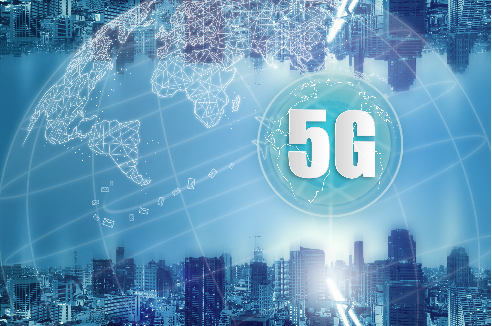5G and WiFi6 technologies are driving the development of the Internet of Things

5G and WiFi6 technologies are driving the development of the Internet of Things

A new era of digital connectivity is being spawned by the strategic combination of 5G and WiFi6 networks that enable and enable connected IoT devices. This powerful connectivity synergy is driving a major shift in the IoT ecosystem as it delivers higher reliability, lower latency rates, higher speeds and a more consistent user experience.
5G and WiFi6 technologies make new digital-intensive applications better, more convenient, more usable, and even more cost-effective. Furthermore, it will significantly improve our quality of life, both personally and professionally, and in many ways.
According to data forecasts, by 2025, there will be more than 41 billion IoT devices. The sheer number of IoT devices will increase the need for ultra-low latency, higher reliability, massive network capacity, and higher availability. These are provided through 5G technology as it provides a consistent user experience by creating a more stable connection.
5G networks are empowering smart cities in many areas in innovative new ways. Through the power of 5G, municipalities are building capabilities in areas such as waste management, road and pedestrian safety, wayfinding and emergency response systems.
5G is also revolutionizing various industries, especially factories, warehousing and manufacturing. Smart factories running on IoT devices and powered by 5G communications are delivering automated and smart workplaces driven by fast data speeds and ultra-low latency.
Challenges posed by IoT devices to 5G networks
In today's data-driven and data-centric economy, 5G IoT deployments will continue to suffer from a never-ending array of online security threats. This conundrum continues to push cloud-based service providers to ensure that network and customer data are as impenetrable as possible to protect user data and privacy. At the same time, IT departments will need greater visibility into the network to track connected devices, estimate multipath service-level agreements, and use artificial intelligence and machine learning to further enhance user capabilities and user experience.
While this security investigation is necessary and beneficial, it does not absolve end users of the responsibility to be more careful and aware of their data and privacy. As a result, the successful and secure transition of many connected devices and connected systems to 5G becomes the shared responsibility of all parties, from end users to telecom and cloud service providers to design engineers to system builders.
Summarize
The integrated ecosystem of 5G and WiFi6 technologies is changing the communication landscape for connected systems. When these technologies are strategically integrated in an optimal manner, every industry benefits accordingly. With the open roaming capabilities provided by Wi-Fi6E, manufacturers can easily interconnect public 5G networks with private Wi-Fi6E networks, and in turn, the two technologies can work together to provide a more robust and satisfying user experience. In addition, private 5G enables faster and more secure connectivity for all technologies and use cases, from supply chains to factory floors to campus environments, and to all types of customer exposure.
At the end of the day, next-generation 5G and WiFi6 networks already exist and can be deployed now. Today, smart enterprises and government agencies are using 5G and WiFi6 to leverage cutting-edge technologies such as IoT, AI, AR/VR, etc. to improve business processes, create more immersive user experiences, and improve overall quality of life.
By enabling more mission-critical IoT devices to connect reliably over wireless networks, the industry as a whole is creating a better digital future, accelerating advances in healthcare, education, governance and sustainability from which we all stand to benefit.